Wave Scattering Theory: A Series Approach Based on the Fourier Transformation
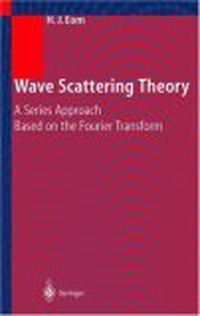
Summary
The Fourier transform technique has been widely used in electrical engineer ing, which covers signal processing, communication, system control, electro magnetics, and optics. The Fourier transform-technique is particularly useful in electromagnetics and optics since it provides a convenient mathematical representation for wave scattering, diffraction, and propagation. Thus the Fourier transform technique has been long applied to the wave scattering problems that are often encountered in microwave antenna, radiation, diffrac tion, and electromagnetic interference. In order to u derstand wave scattering in general, it is necessary to solve the wave equation subject to the prescribed boundary conditions. The purpose of this monograph is to present rigorous so lutions to the boundary-value problems by solving the wave equation based on the Fourier transform. In this monograph the technique of separation of vari ables is used to solve the wave equation for canonical scattering geometries such as conducting waveguide structures and rectangular/circular apertures. The Fourier transform, mode-matching, and residue calculus techniques are applied to obtain simple, analytic, and rapidly-convergent series solutions. The residue calculus technique is particularly instrumental in converting the solutions into series representations that are efficient and amenable to nu merical analysis. We next summarize the steps of analysis method for the scattering problems considered in this book. 1. Divide the scattering domain into closed and open regions. 2. Represent the scattered fields in the closed and open regions in terms of the Fourier series and transform, respectively. 3."
Similar Books
-
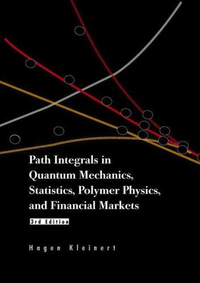
-
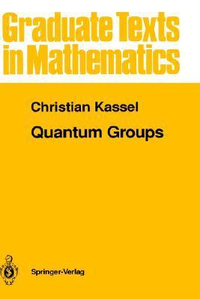 Quantum Groups
Quantum Groupsby Christian Kassel
-
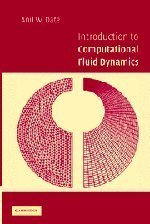 Introduction to Computational Fluid Dynamics
Introduction to Computational Fluid Dynamicsby Anil W. Date
-
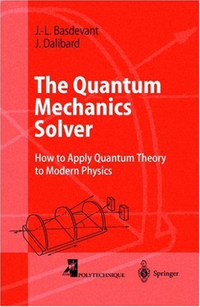 The Quantum Mechanics Solver: How to Apply Quantum Theory to Modern Physics
The Quantum Mechanics Solver: How to Apply Quantum Theory to Modern Physicsby Jean-Louis Basdevant
-
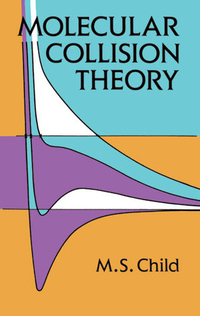 Molecular Collision Theory
Molecular Collision Theoryby M.S. Child
-
 Acoustic Fields and Waves in Solids
Acoustic Fields and Waves in Solidsby Bertram Alexander Auld
-
 Quantum Electrodynamics With Unstable Vacuum
Quantum Electrodynamics With Unstable Vacuumby V.L. Ginzburg
-
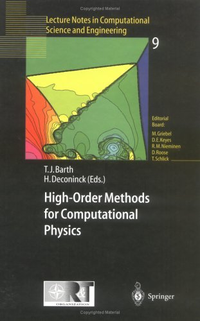 High-Order Methods for Computational Physics
High-Order Methods for Computational Physicsby Timothy J. Barth
-
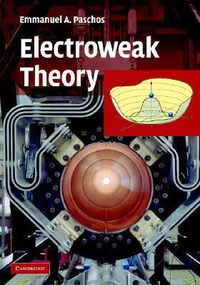 Electroweak Theory
Electroweak Theoryby Emmanuel A. Paschos
-
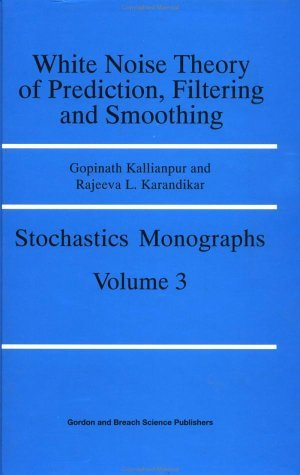 White Noise Theory of Prediction, Filtering and Smoothing
White Noise Theory of Prediction, Filtering and Smoothingby Gopinath Kallianpur
-
 Explosive Instabilities in Mechanics
Explosive Instabilities in Mechanicsby Brian Straughan
-
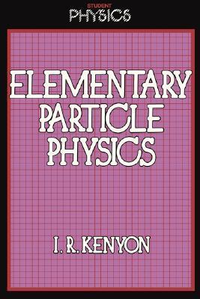 Elementary Particle Physics
Elementary Particle Physicsby Ian R. Kenyon
-
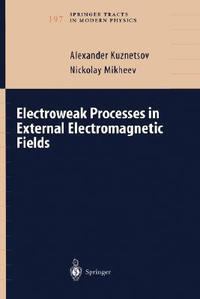 Electroweak Processes in External Electromagnetic Fields
Electroweak Processes in External Electromagnetic Fieldsby Alexander Kuznetsov
-
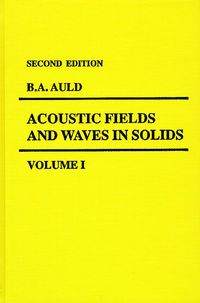 Acoustic Fields and Waves in Solids, 2 Vol. Set
Acoustic Fields and Waves in Solids, 2 Vol. Setby B.A. Auld
-
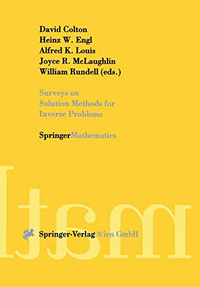 Surveys on Solution Methods for Inverse Problems
Surveys on Solution Methods for Inverse Problemsby David L. Colton
-
 Classical theory of electric and magnetic fields
Classical theory of electric and magnetic fieldsby Roland H. Good
-
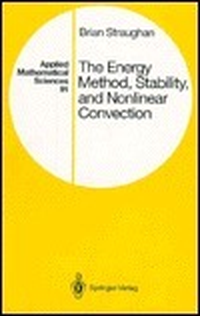 The Energy Method, Stability, and Nonlinear Convection
The Energy Method, Stability, and Nonlinear Convectionby Brian Straughan
-
 Directions in Mathematical Systems Theory and Optimization
Directions in Mathematical Systems Theory and Optimizationby Anders Rantzer
-
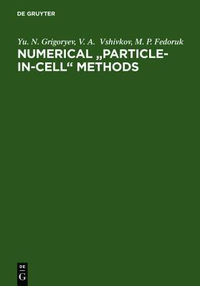 Numerical "Particle-in-Cell" Methods: Theory and Applications
Numerical "Particle-in-Cell" Methods: Theory and Applicationsby Yu.N. Grigoryev
-
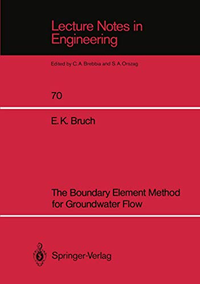 The Boundary Element Method for Groundwater Flow
The Boundary Element Method for Groundwater Flowby E.K. Bruch
-
 Thermal Physics
Thermal Physicsby Bruce Hoeneisen
-
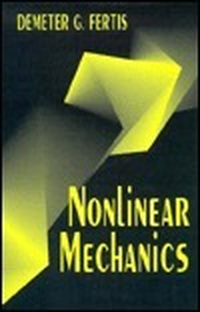 Nonlinear Mechanics
Nonlinear Mechanicsby Demeter G. Fertis
-
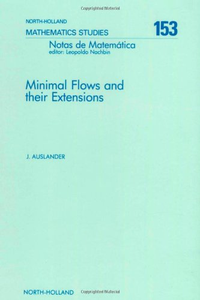 Minimal Flows and Their Extensions (Volume 153)
Minimal Flows and Their Extensions (Volume 153)by Joseph Auslander
-
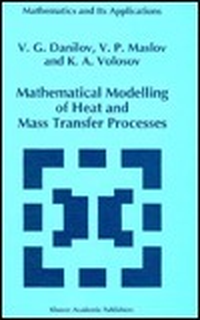 Mathematical Modelling of Heat and Mass Transfer Processes
Mathematical Modelling of Heat and Mass Transfer Processesby V.G. Danilov